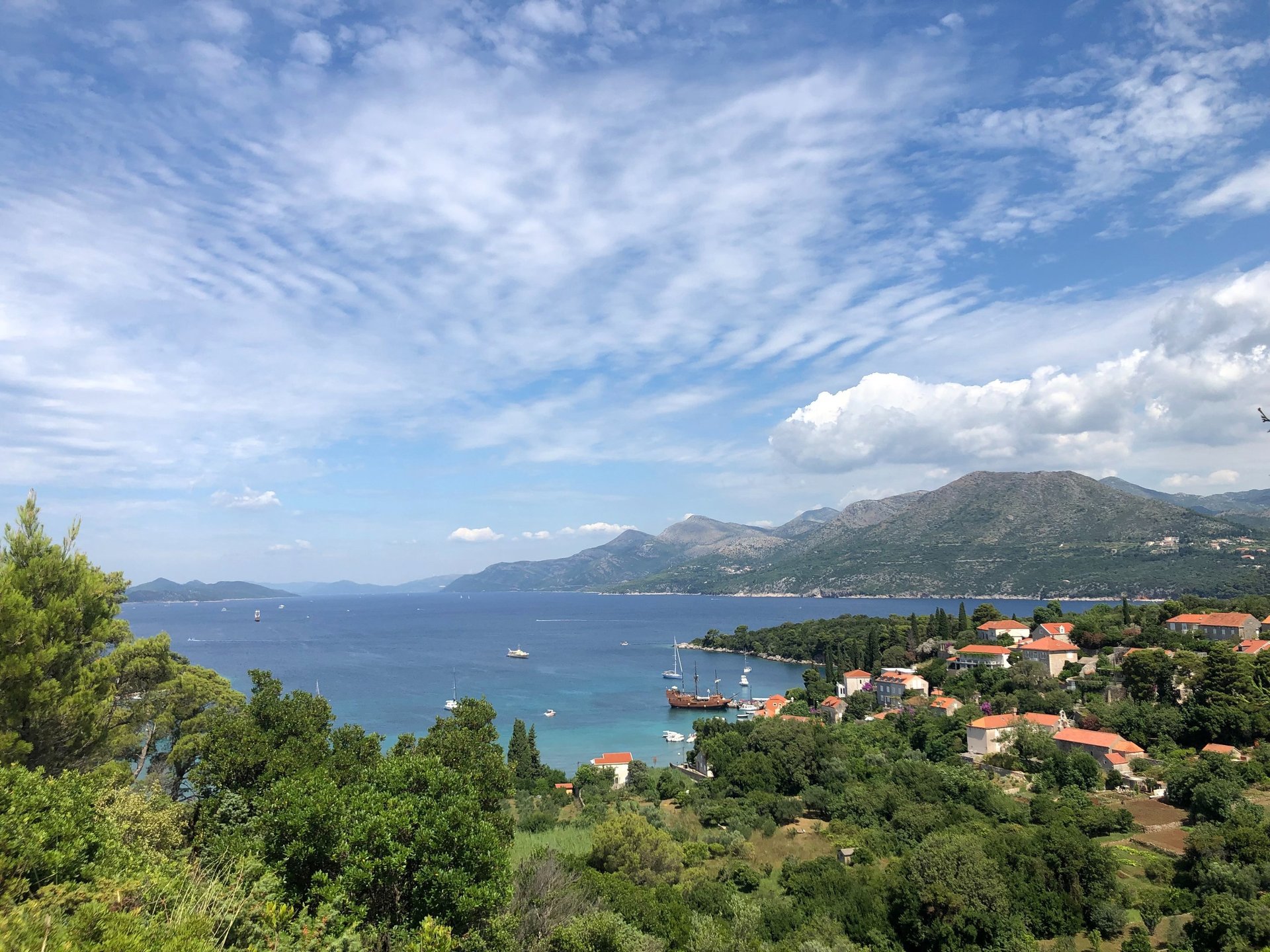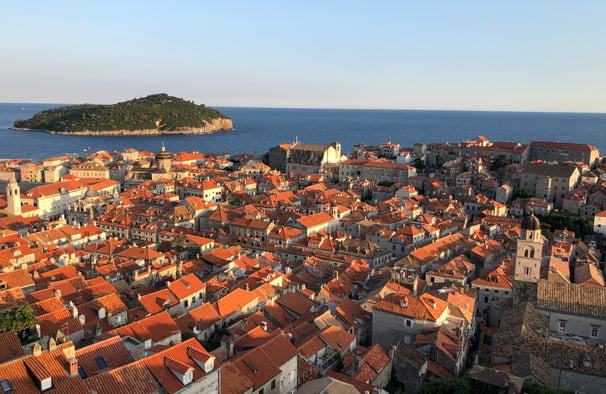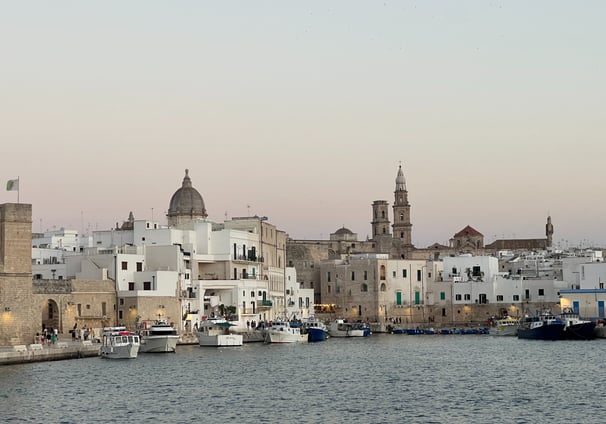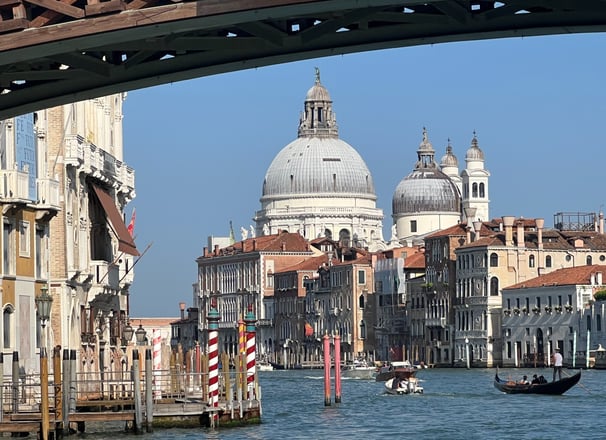
Adriatic Sea
(Italy & the Balkans)
Dubrovnik, Croatia
This stunning coastal city with origins dating back to the 7th century was named a UNESCO World Heritage Site in 1979. Historically known as Ragusa, this seaside city has seen many changes in power from the Byzantines to the Venetians to the Ottomans. In more recent history, they came under French and Austrian power, and finally Yugoslavia until eventually breaking free from the Yugoslavian regime in the 1990s.
After intensive restoration in the late 1990s and early 2000s, Dubrovnik's fortified old town regained its former glory and became a top tourist destination in the Mediterranean. With 1.5 million visitors per year, Dubrovnik is busiest in the summer.


Puglia, Italy
This beautiful region in southeastern Italy has quite a varied topography including almost 600 miles of coastline with rolling hills and even mountains on its interior. Bordered by the Adriatic Sea to the east and Ionian Sea to the southeast of this peninsula framing the the popular Salento region in the south of Puglia commonly referred to as the "Maldives of Italy". Hot and dry summers with mild winters are typical of the Mediterranean climate experienced here.
Apulia's rich history is showcased by its many well-preserved archaeological sites depicting its tumultuous history coming under the reigns of the Turks and the Venetians before becoming a part of the Italian Kingdom in 1861.


Venice
This beloved global destination in northeastern Italy is built on 115+ small islands within a lagoon of the Adriatic Sea. With no roads for automobiles, the city is connected by over 400 foot bridges and canals making Venice navigable by foot or boat.
Venice's rich history as a dominant seafaring empire dates back to the sixth century CE when Italian refugees fled here. After brief periods of Byzantine and Lombard control, the Republic of Venice was formed and became dominant traders of the Mediterranean region. As the principal trading partner with the Arab world in the Middle Ages and eventually monopolizing the spice trade with India, Venice's dominance forced Spain and Portugal to establish new trade routes which led them westward prompting the discovery of the Americas.



